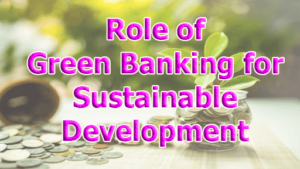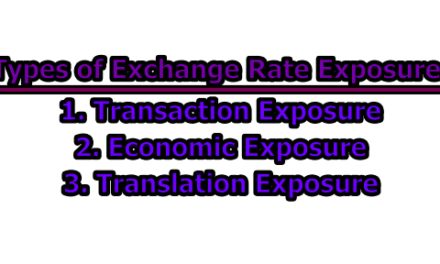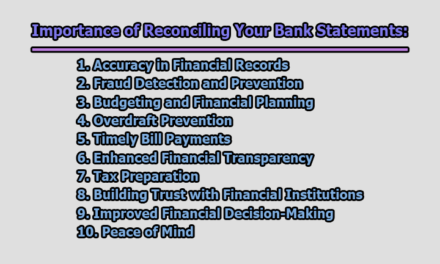Green banking is a specific type of banking from which the country and its population get long-term benefits. A general bank becomes a green bank by integrating its core activities towards improving the environment. The idea of green banking was created in the western world. Green banking was officially launched in 2003 with the goal of ensuring climate change. There are two different ways to practice green finance, one is green banking at home, and the other is practiced by brokers in their business area. Creating a perfect and germ-free financial situation, green structure, reconstruction, web-based banking, depriving executives, installing solar panels on bank houses and high mileage vehicles, reducing noise pollution, using web camps for video conferencing rather than physical assembly, online explanations, messaging reports are included in in-house green banking. In the rest of the article, we are going to know the role of green banking for sustainable development.
Role of green Banking for Sustainable Development:
There is a very near bond between green banking and sustainable development. In order to be economically and environmentally sustainable, any development must have the potential to bring economic benefits. The environmental conversation is about graduating the parameters of its ecosystem and is characterized by the well-being of these very social partners. With this particular vision, Green Banking is one of the core banking policies focusing on environmental improvement in the financial institutions of banks and financial institutions. These include key elements of socio-economic development strategies aimed at green banking, environmental sustainability, and resilience to climate change. It also addresses the internal green banking activists of institutions, agencies, and individuals. Therefore, sustainable development is a prerequisite for sustainable finance, which could lead to green banking along with other environmentally friendly investment activities in the technically end-to-end financial sector.
Some necessary initiatives that can be used for sustainable development are:
- To play a direct role in protecting the environment at the national and international level by adopting a friendly environmental banking policy.
- Encouraging project financing in friendly environmental projects and discouraging the projects that are detrimental to the good environment.
- Commitment adoption of banking policy based on social commitment and ethical consciousness.
- Ensure the best use of gas, water, electricity, office-stationery, etc.
- Increase the use of on-line communication, on-line customer service, ATMs, etc.
- Protection of forest resources through the best use of paper and toner.
- Increase eco-friendly activities in the internal environment of customer service, financing, management.
- Development of environmental awareness among bankers and customers.
- To ensure the priorities of the eco-friendly and energy-saving technology in official procurement.
- To provide sponsorship for the enlargement of public awareness by encouraging environmentally-friendly activities.
- Publishing and communicating memos, circulars, and statements via web email/website without as usual printing.

Assistant Teacher at Zinzira Pir Mohammad Pilot School and College










